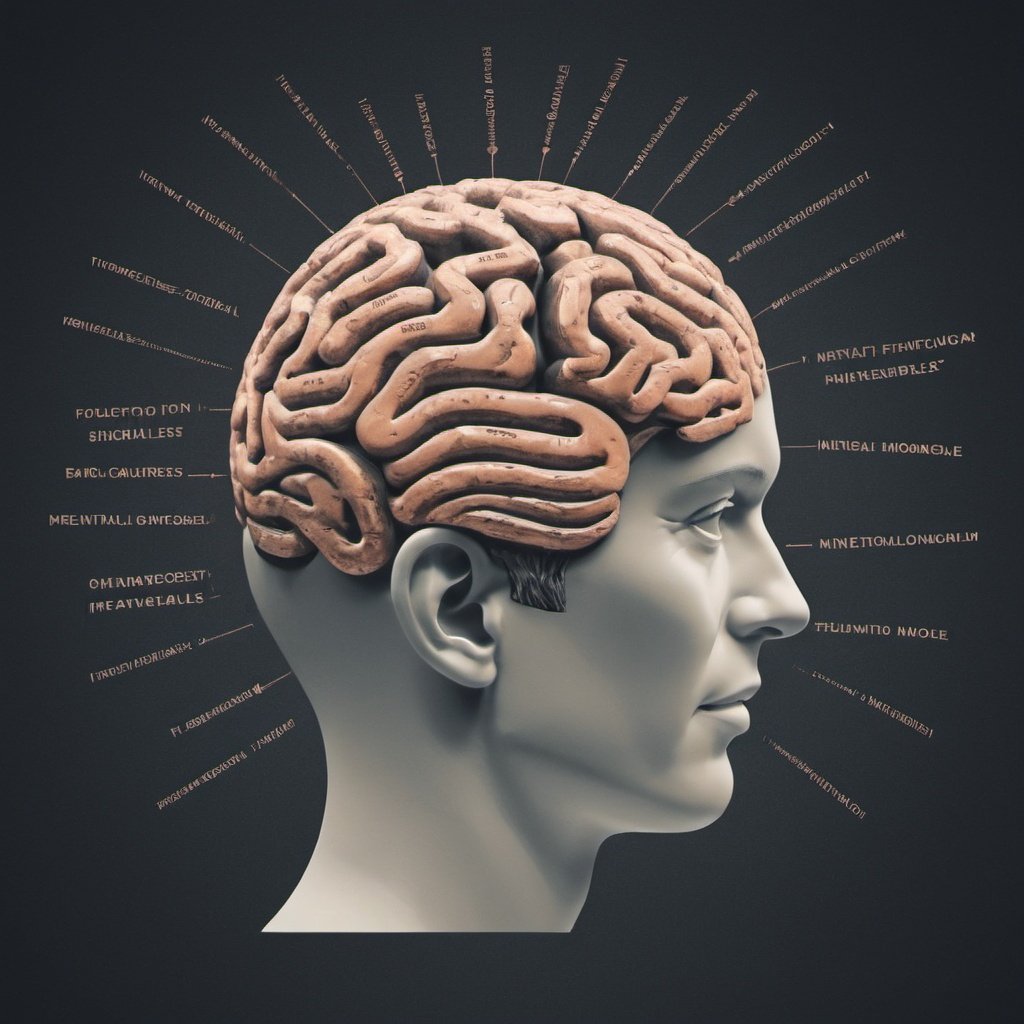
Good UX for Start-Ups
Building a company from the ground up necessitates risk. As an entrepreneur and founder myself, I know this intimately. From fostering innovation to hiring to building a client base that trusts you, the process can seem neverending. You’re making dozens of bets every day with limited resources, incomplete information, and a clock that never stops ticking. That’s the reality of startups: there’s no safety net, and no time to waste.
What a lot of founders fail to address is how integral user experience is for your startup - when you approach it from the right angle. UX isn’t just about making things look good; it’s about making things work in ways that save time, reduce friction, and accelerate learning.

UX is Not Design, it's Psychology
While earning my degree in interactive design, I took a course called Human Behavior Fundamentals. At the time, I didn’t realize just how much it would shape the way I approach my work today.
Now, working as a UX designer, I see that course for what it really was: the foundation of great user experience. That’s because UX isn’t really about moving pixels. It’s about moving minds.

Good Agile Practices make UX and Dev Best Friends
I often hear UX and Dev teams vent about how hard it is to integrate UX into agile software development. And I get it. But honestly, I don’t think this challenge is about agile itself—it’s about how we apply it.
Agile was created by developers, so yes, it’s pretty dev-centric. But that doesn’t mean its principles don’t apply to other kinds of collaborative work. In fact, our design teams find agile practices super helpful.

Wizard of Oz Testing for AI: No Code, Big Insights
When you're designing AI for customer service, you're not just automating tasks, you’re intervening in human-to-human conversations. That's a high bar for usefulness, trust, and emotional intelligence.
Our client asked us to design an AI copilot for call center agents. The assistant needed to:
Answer agents’ questions on the fly, like an internal expert.
Actively listen to customer calls and suggest improvements based on tone, sentiment, and product knowledge.
It was an ambitious vision. But before diving into NLP models and backend logic, we wanted to test a fundamental question:
Would real support agents find this tool helpful, usable, and trustworthy during live customer calls?

AI in UX: Where to Start, and Where to Stop
AI is everywhere.
It’s rewriting job descriptions, generating product copy, and showing up in almost every LinkedIn post I see.
But as UX folks, we have to ask a better question than “what can it do?”. What we all need to be asking is, “what should it do?”.

B2B UX Can Borrow from B2C, If You Know What To Take
You are in a good spot: your software is delivering cutting edge functionality.
There’s just one problem: your product looks like it was built in the 90s.
And worse than that, it’s clunky to use. But you’re not alone, it’s a problem for many B2B software producers. As a solution, we’re seeing more and more B2B software borrowing from B2C design patterns, but tread lightly - it’s not as straightforward as it may seem.

The Paradox of Data Density
How do you give users access to all that wonderful data without overwhelming them? In the world of B2B software, where data-laden dashboards run rampant, how you meet this challenge can make or break the user experience.
Here’s the paradox: the more data you present, the richer the insights -- AND the greater the risk of confusion, misinterpretation, or outright disengagement.

Accessibility & Usability for All: Considerations for Product Development
I was speaking on a panel at Startup Week Boston, when two interesting questions came up:
“What strategies and tools do you recommend for enhancing accessibility? And are there instances when accessibility might not be a priority?”
I could’ve spent the entire time breaking down these questions, but there wasn’t time for that, which is why I’m breaking them down further here. Accessibility isn’t often well understood in the startup ecosystem, and seldom gets the time it deserves.

Optimizing the relationship between Product and UX
It was probably back in grad school, over 20 years ago, that I first came across the idea of the “three-legged stool” approach to product development. Somewhat revolutionary at the time was the notion that development, UX, and product management (all legs supporting the seat of product development) must be of equal length and strength or your stool will wobble, be unsteady and potentially fall.

Trust will make (or break) your fintech product
Humans are pattern driven by nature. Our brains form patterns to create efficiency as we navigate through an increasingly complex world. These patterns generate trust in a virtuous cycle. When we see something we recognize, our guard goes down and things feel effortless. There’s nothing more important in financial technology than building trust. It doesn’t just make a difference in how users interact with your product, it’s the difference between a successful business and one that never gets off the ground.
